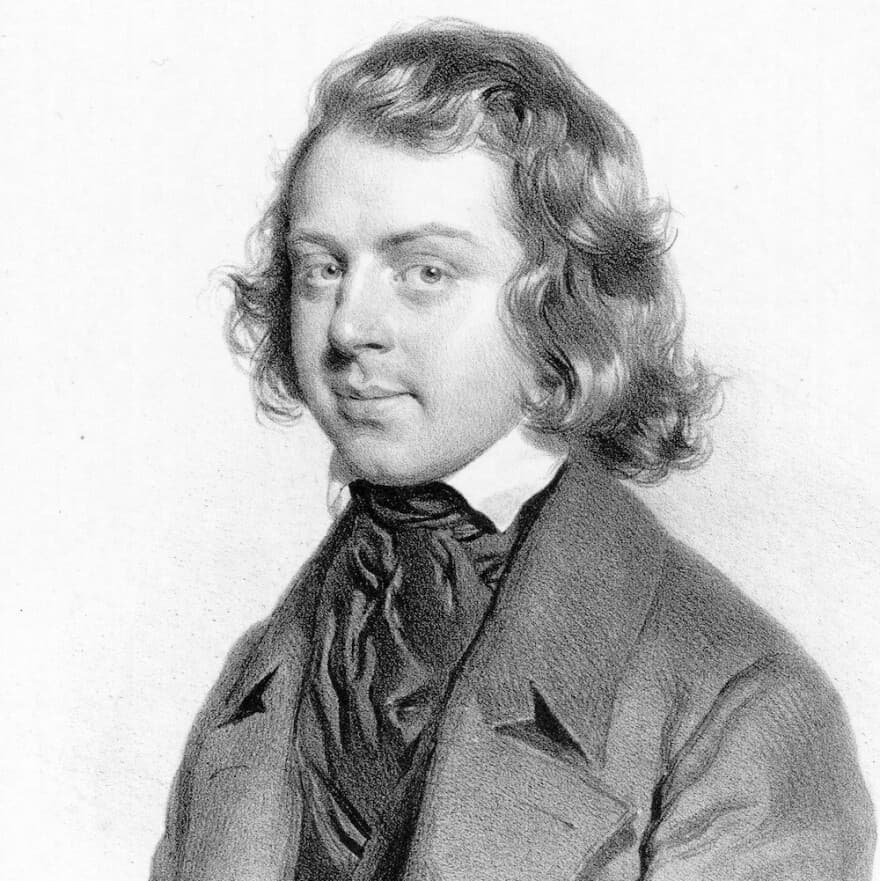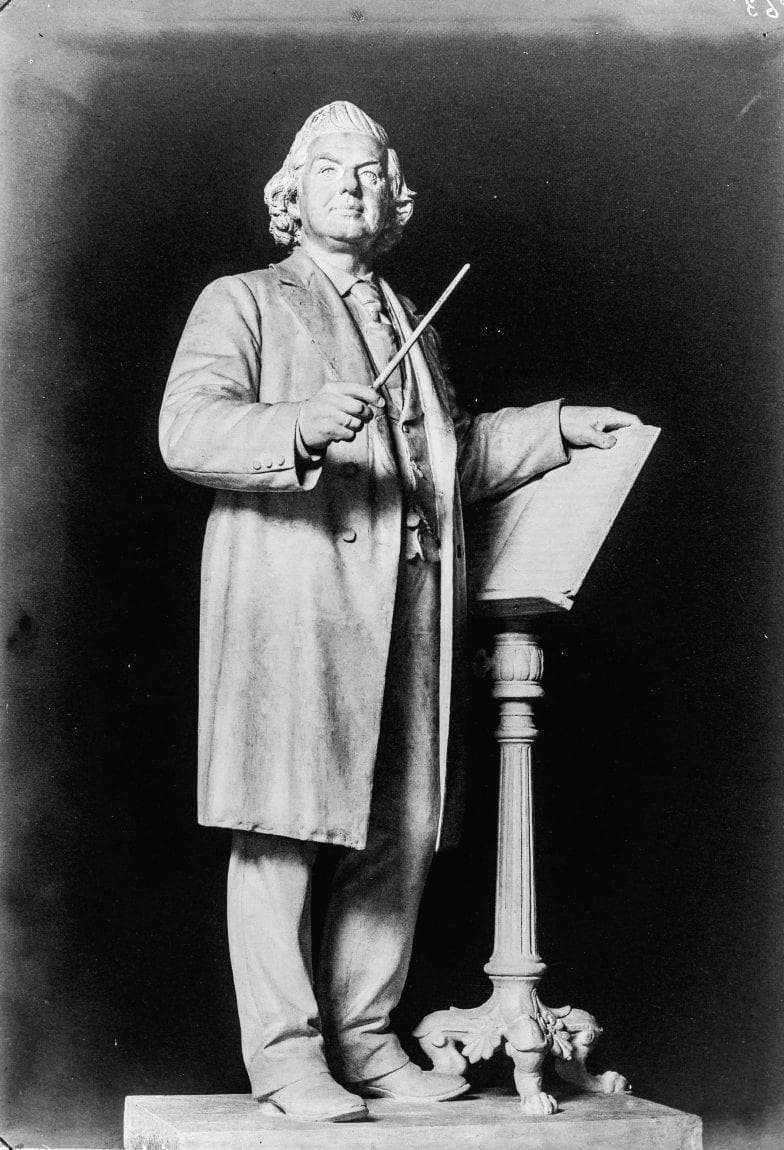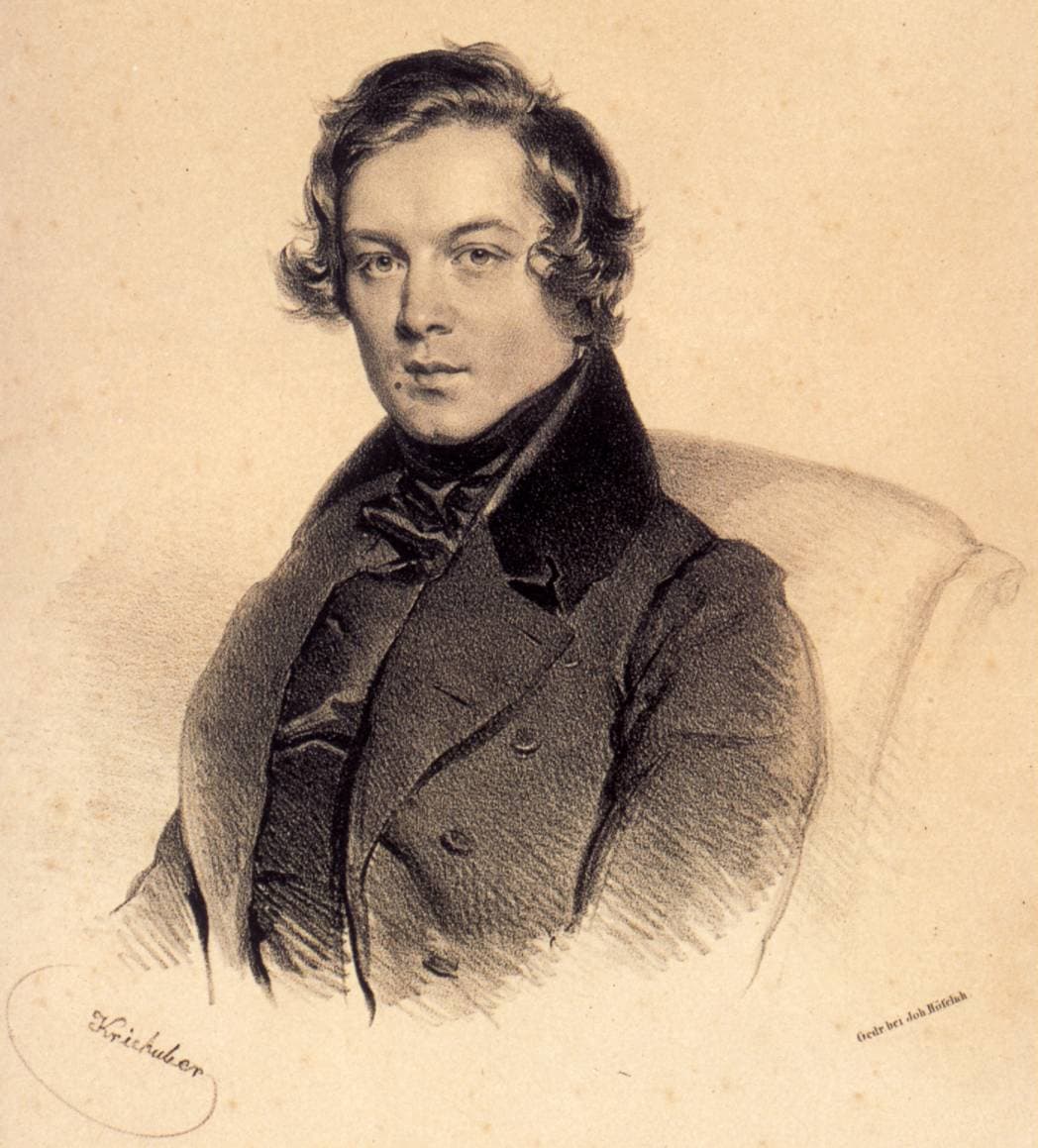The Danish composer, violinist, organist, educationist, and administrator Niels Gade, born in Copenhagen on 22 February 1817, ranks among the most important figures in 19th-century Danish music. A supremely talented and multifaceted musician, roughly half of his compositions remained unpublished during his lifetime. The collected edition of his entire oeuvre was finally initiated in 1995.
Niels Gade: Overture, “Echoes of Ossian”
Start in Copenhagen
Niels Gade was the son of a cabinetmaker who began to specialise in making musical instruments, especially Spanish-style guitars, around the time of his son’s birth. Gade displayed musical talent at an early age, and he remembers that his father gave him a child’s guitar around the age of six.

Niels Gade
Gade took up the violin, but without formal lessons, “he grew tired practicing” the instrument. Instead, he developed a real passion for the theatre, attending performances and learning poetry and plays. As he was slated to join his father’s business as an apprentice, his parents strongly objected to these thespian tendencies, but in order to placate their son, they allowed him to start formal violin lessons.
Niels Gade: Violin Sonata No. 1 in A Major, Op. 6 (Maria-Elisabeth Lott, violin; Sontraud Speidel, piano)
Musical Education and First Composition

Memorial of Niels Gade
At the age of 15, Niels Gade started his violin studies with Frederik Thorkidson Wexschall, the concertmaster of the Copenhagen Royal Orchestra. He rapidly progressed and quickly made his debut as a violinist at the Royal Theatre in May 1833, and he was engaged as a junior violinist in the Royal Orchestra a year later. He further expanded his musical horizon by playing chamber music with friends and became acquainted with German Romantic literature and contemporary music.
Gade also took instruction in theory and composition with A.P. Berggreen, a leading figure in the Danish folk-ballad movement. He was soon composing feverishly, and early attempts included songs, piano pieces, chamber music, ballet music, and orchestral overtures. His breakthrough took place in 1840 when he won a competition arranged by the Copenhagen Music Society. His overture “Echoes of Ossian” was expertly written by “matching his melodic capacity to his ambitions in instrumental and particularly symphonic music.”
Niels Gade: Scherzo in F-sharp minor (Anker Blyme, piano)
In the Shadow of Schumann

Robert Schumann, 1839
Gade was particularly enthralled by the works of Robert Schumann, and when Clara Schuman toured Copenhagen in Spring 1842, he was able to meet her. Clara reports to her husband, “Gade visited me today and went into ruptures over you. He knew everything by you and played everything (to the best of his ability) himself… I really like him; I have asked him to come again tomorrow so that I can play some things by you.”
Gade published his “Echoes of Ossian” as his Op. 1 with Breitkopf & Härtel in Leipzig. The work had first sounded in Copenhagen on 19 November 1841, and it was now performed twice in Leipzig in early 1842. Robert Schumann attended the premier in Leipzig and penned a review for his Neue Zeitschrift für Musik. “N. W. Gade has been brought up by the poets of his fatherland; he knows and loves all of them. During the walking tours of his childhood, he was accompanied by the old tales and legends, and from the shores of England, the gigantic harp of Ossian reached his ears. Thus, in his music, not least in his Ossian Overture, we see for the first time a specific, pronounced Nordic characteristic.”
Niels Gade: Symphony No. 1 in C minor, Op. 5 (Copenhagen Collegium Musicum; Michael Schønwandt, cond.)
First Symphony

Niels Gade’s Symphony No. 1
Emboldened by the warm reception of his overture, Gade issued his first symphony in C minor, op. 5, in 1842. The work carries the subtitle “On Sjølund’s Beautiful Plains,” referring to the first line of a poem by B.S. Ingemann. The work blends classical form and romantic expression with a hint of Nordic folk music, but when he attempted to have it performed in Copenhagen, it was rejected for being “too German in style.”
Not to be outdone, Gade submitted his symphony to Felix Mendelssohn, the director of the Gewandhaus in Leipzig. Mendelssohn deemed the work worthy of performance and rehearsed the composition. As he wrote to his sister Fanny, “Gade’s new symphony has given me more pleasure than any work I have seen for a long time. He has great and superior talents…” And Mendelssohn wrote to Gade directly, “It is long since any work has made a more lively and favourable impression on me, and as my surprise increased at every bar, and yet every moment I felt more at home.” It was first performed in March 1843, and Robert Schumann considered the Scherzo the most original part.
For more of the best in classical music, sign up for our E-Newsletter
